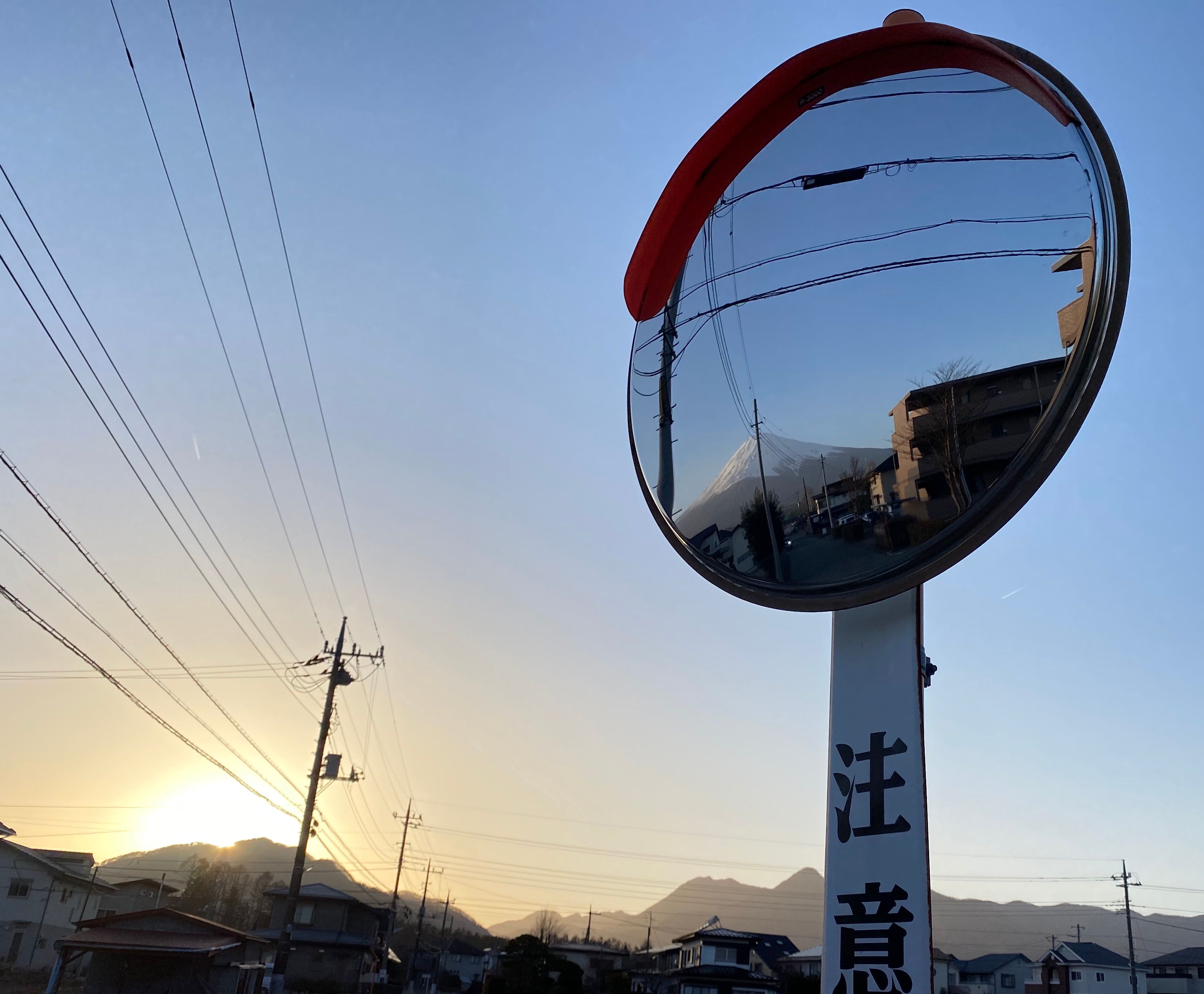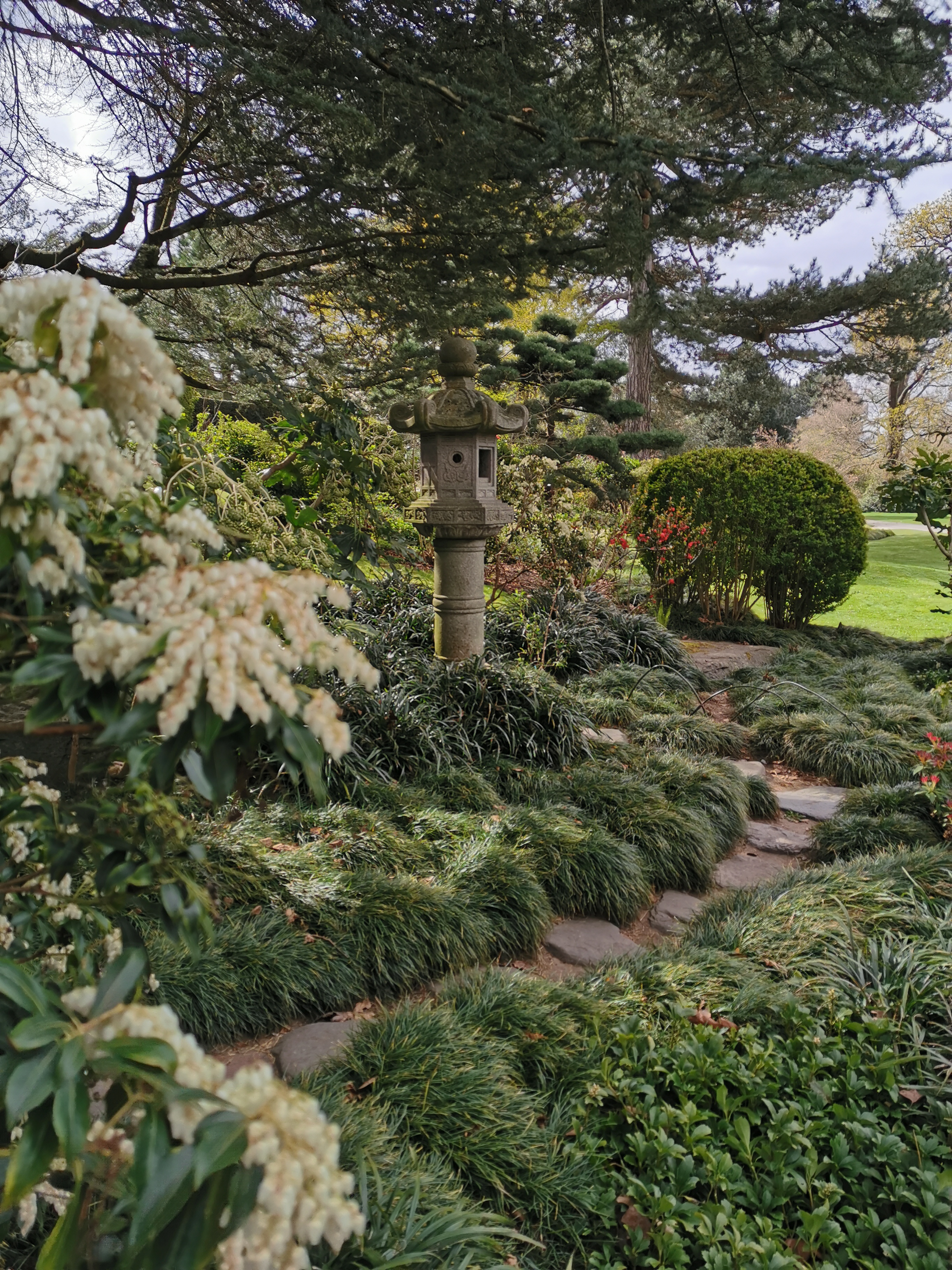
Located just 90 minutes from Tokyo by the Tohoku Shinkansen (bullet train), Fukushima is the ideal destination for an authentic, deep journey to off the beaten track Japan.
Fukushima is the ideal place to go if you’re looking to experience local way of life, delicious, authentic Japanese food, and eye-catchingly beautiful nature that is constantly changing with the seasons. It’s also home to lots of sake breweries, loads of onsen (hot springs), and even a few castles.
Here we take a look at six of our top twelve recommended spots to visit in Fukushima in spring, summer and autumn, from a beautiful national park and lake district and a perfectly preserved post town to a centuries-old samurai horse festival and a gigantic weeping cherry tree, said to be Japan’s most beautiful cherry blossom tree.
Spring
Hanamiyama Park - Best for Flower-Viewing

Hanamiyama Park’s name literally means ‘flower-viewing mountain’ and - although the mountains in question are actually more like foothills - this is where you can do just that. The park sprawls across the slopes of a rural farming neighbourhood on the outskirts of Fukushima City, the prefectural capital. The park was started by a local farmer and was opened to the public in 1959.
People flock here every spring in mid to late April to view the park’s beautiful Somei Yoshino and other cherry blossom trees framed against the backdrop of the nearby Azuma Mountains. To get there, get off the train at Fukushima Station and hop on a local bus for 30 minutes (15 minutes on the shuttle bus that runs during cherry blossom season).
Miharu Takizakura - Japan's Most Beautiful Cherry Tree

While Hanamiyama Park is located at low altitude, the Miharu Takizakura tree stands on higher ground, so its blooming period comes later at the end of April. To get there, get off the train at Koriyama Station and hop on a local bus for 30 minutes.
Summer
Soma Nomaoi - Ancient Samurai Horse Festival
.jpg?sfvrsn=0&MaxWidth=1000&MaxHeight=600&ScaleUp=false&Quality=High&Method=ResizeFitToAreaArguments&Signature=70A714AF8587FF339DFE46FAFADD1CEE1A3C9607)
Festival highlights include horse racing by a dozen samurai horsemen (Koshiki Kacchu Keiba); capture-the-flag battles by several hundred samurai horsemen (Shinki Sodatsusen); and a horse-capturing ceremony (Nomagake ritual), where men clad in white capture wild horses and present them as offerings at the shrine. The festival is held in Baji Park. To get there, get off the train at JR Haranomachi Station and catch the special shuttle bus.
Autumn
Oze National Park - A Hiker's Dream Destination

Spreading across four prefectures - including Fukushima and Gunma - around 150 km north of Tokyo, Oze National Park is one of Japan’s foremost hiking destinations. The park’s most famous natural features are Ozegahara Marshland - pock-marked with hundred of small, distinct pools and bracketed at either end by two looming mountain peaks - and Ozenuma Pond, encircled by a boardwalk leading through forests and along the edges of the pond.
Oze is at its most attractive in spring, in late May to early June when white skunk cabbages bloom and again in late July to early August when the yellow alpine lilies burst into flower, and in the autumn foliage season in late September to early October when the marshland grasses are dyed in tawny and russet shades. Enjoy striding through the picturesque autumn landscape under sunny, clear blue skies.
You can visit Oze on a daytrip from Tokyo if you don’t mind an early start, a brisk hiking pace, and a scheduled dictated by bus or train timetables. Alternatively, if a day’s hiking isn’t enough for you - or if you want to enjoy Oze at a more leisurely pace - then you can also stay in a mountain hut and make an overnight trip of it. Oze National Park can be accessed by either Tobu or Aizu railways.
Goshiki Numa - Amazing Multi-Coloured Ponds

The eruption - which also wiped out several villages and claimed many lives - also injected mineral deposits into the sludge at the bottom of the five lakes, dyeing each of them a unique colour, from emerald green to cobalt blue. The lakes’ colours fluctuate throughout the year with the changing weather conditions, adding to the air of mystery and solemnity surrounding them.
The easiest way to enjoy the lake- and pond-filled area is to take the easy and wheelchair friendly walkway between the Urabandai Visitors’ Centre in the east and the Yudairayama area on the shores of Lake Hibara just under 4km to the west. The path leads visitors past 30 ponds including the Goshiki Numa, each with its own unique colour and beauty, and takes around an hour each way.
Aizu Ouchijuku - Nostalgic Former Post Town

Imagine you have stepped back in time as you stroll down the street, stopping off at the shops and eateries along the way to sample some of the town’s local specialities. These include handmade beanbags shaped like animals, fruit and vegetables; locally caught fish chargrilled on sticks; and soba (buckwheat noodles) dishes such as Negi Soba, which is eaten using a giant leek (negi) instead of chopsticks!

















































